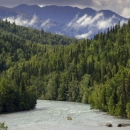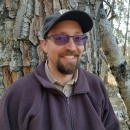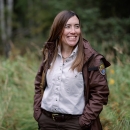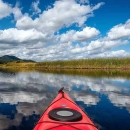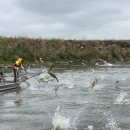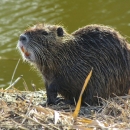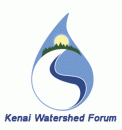In July through September 2021, we collected invertebrates from North Vogel Lake, Vogel Lake, and Miller Creek using photo observations, specimens, and metabarcoding methods. This effort preceded a rotenone treatment to remove invasive northern pike from the Miller Creek watershed on the Kenai Peninsula in Alaska (this fish has been introduced to the southcentral region of the state but is found naturally elsewhere in Alaska). Rotenone is a plant-based compound commonly used by fishery managers to affect creatures with gills but can also affect aquatic invertebrates. The initial observations are important because they help us monitor the recovery of invertebrates following the rotenone treatment. Freshwater invertebrate surveys will be repeated in 2022.
Photos of species from the project were collected using iNaturalist, which is an online platform for sharing nature observations. You can see the photo observations at https://www.inaturalist.org/projects/miller-creek-invertebrate-inventory. Specimen records can also be accessed on the ARCTOS Database: https://arctos.database.museum/project/10003613.



